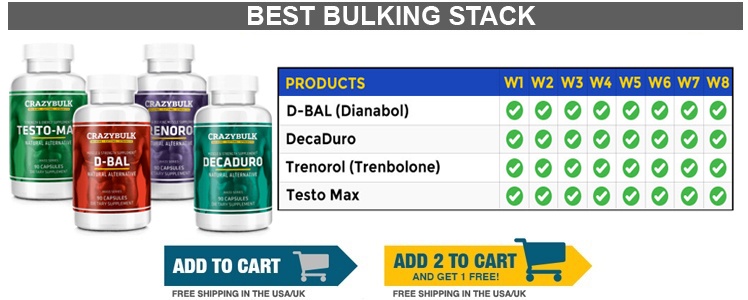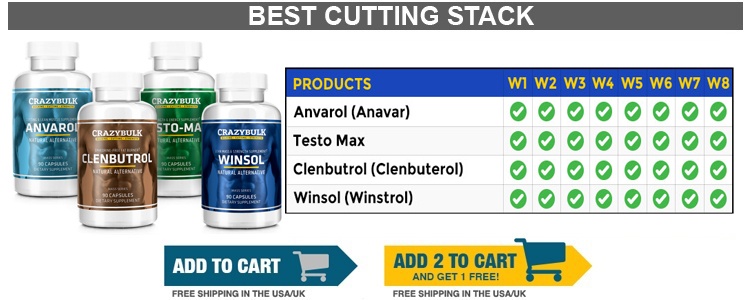 Where you place your hands on the bar when bench pressing makes a dramatic difference to the difficulty of the movement as well as which muscles are being targeted. Knowing how each grip affects the lift can make a huge impact on your training.
Where you place your hands on the bar when bench pressing makes a dramatic difference to the difficulty of the movement as well as which muscles are being targeted. Knowing how each grip affects the lift can make a huge impact on your training.
Close Grip
First off, we have the close grip bench press. In this movement, the hands are held just 10-12 inches apart to hit the triceps and inner pecs more. The forearms form an angle slightly less than 90 degrees with the hands just inside of the shoulders. This is the hardest of all the grips as it recruits much more of the arms (the weaker muscle group) and a lot less of the chest and shoulders (the stronger muscle groups).
Wide Grip
Next, there’s the wide grip bench press. This is where the hands are held much closer to the weight plates, and your forearms become perpendicular to the floor. This puts a lot more strain on your outer chest alongside your shoulders. Yet, you will receive much less stimulus in the triceps which makes it a poor choice if you’re looking to build up your arms.
However, you will also be able to lift the most weight in this position as your using the strongest muscle groups and also have a reduced range of motion. Some individuals may experience shoulder pain. If this is you, then avoid this movement completely.
Normal Grip
The most common and comfortable position for lifters is with the hands held in between the first two positions. Your forearms will be nearly perpendicular to the floor when the bar is against your chest and stimulates all areas equally. As this is the most comfortable position, then it means that you’ll be able to train it the most.
The best way to get stronger and bigger is through repetition and practice. So, if you can train this movement and grip the most often, then it will make it the best for muscular development.
Reverse Grip
Lastly, we have the most uncommon position which is the reverse grip bench press. This places the elbows much closer to the body and emphasises both the upper pecs and the triceps more than the standard bench press.
It can feel slightly awkward for some individuals, though.
Each version of the bench press can be used in your training. It’s simply finding when and where they fit in to use the best. Obviously, a lot of this depends on your goals and what areas of your physique are lagging.
It’s important to note that there is nothing wrong with the standard bench press grip. You can make a lot of progress with the standard grip. In fact, beginners should stick with this movement for at least nine months to get it ingrained in their mind before switching anything up. You don’t want to rush anything only to become injured or have poor form.
Also, you can switch up the bench press in many ways other than with the grip. Changing the angle of the bench is a great way to modify the difficulty of the movement and also target different areas of the pecs. The incline bench press will stimulate the upper pecs much more whereas the decline bench will hit the lower pecs. The incline bench press is responsible for creating that square and powerful look in the anterior upper body. A lot of bodybuilders and gym goers only use the incline bench press for this reason and avoid the decline bench press with the belief that it will give them that ‘man boob’ look.
You can even swap the barbell for a pair of dumbbells. This will hit the chest a lot harder as you can get much more of a stretch at the bottom. Your pecs and arms have to work harder to stabilise the individual weights which mean that they have more of a reason to grow. This switch up is also a great way to improve your strength. If you train with dumbbells for a few weeks then when you return to the barbell it will feel a lot easier to control and therefore a lot easier to lift.
To summarise, if you want to hit the triceps then choose either the close grip or reverse grip. If you’re looking to hit the upper chest, then use the reverse grip and also consider using an incline bench. For the inner chest, use the close grip bench press. To hit the outer chest then use the wide grip bench press. If you want to lift the most amount of weight, then use the flat bench with a wide grip and if you have shoulder pain then completely avoid the wide grip and use either the normal or wide grip. The bench angles should not make a difference.
Jarrett


